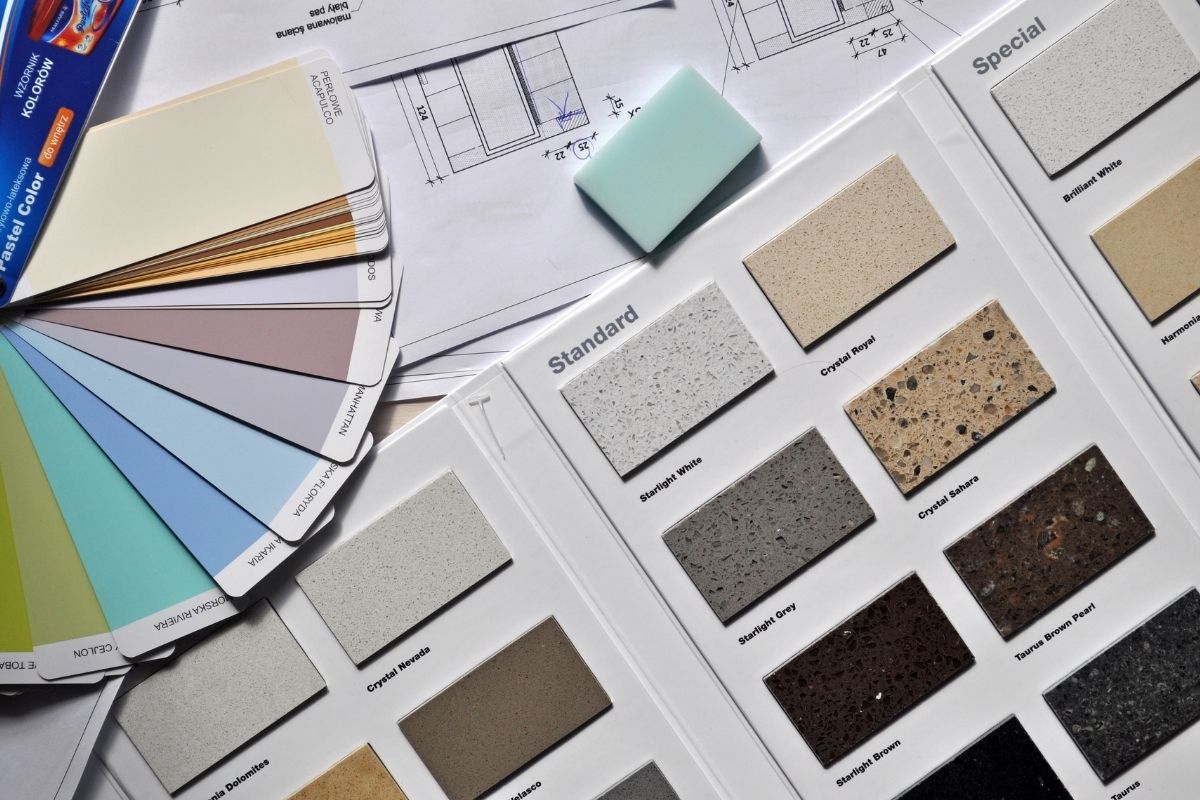Jamer Hunt on Finding the Expertise
We want to shift the conversation away from design focused on an end product, and instead, design as a process that could be open to a wide variety of participants. Nowadays, we tend to call that approach participant design or co-design.
The designer doesn’t have all the good ideas. Design experts have some good ideas, but many people likewise have creative ideas. So, how do you use the product design process to leverage all of those people who might be interested? They might be stakeholders in this product development process and might be able to envision possibilities that you would never see.
Sometimes we don’t know the situation well enough or we’re just getting to understand it a bit. Some people with brilliant ideas come from a different cultural background or a different language experience or a different religious orientation. Individuals from varied perspectives can offer unique perspectives that contribute to product design education. Whatever the source, it seems that the more interesting and innovative ideas are incubated outside of our heads rather than internally.
For me, the starting point is getting to know a context, a situation, a community. That might come through interviews or book and Internet research. Sometimes creativity emerges through convening community groups or listening to those who express their needs and goals.
Let’s say you are designing a new vacuum cleaner. You may have a great idea for how it should work. But you may be able to come up with much better ideas if you talk to consumers who use vacuum cleaners all the time, either residentially or commercially. Internet surveys and questionnaires along with product reviews often provide information that can best be interpreted by online product design education.
Maybe cleaners in the hotel industry, for instance, are using a vacuum cleaner all day long, and they are the actual experts. One of the things that can be incredibly valuable is to reframe this source of insight and expertise.
We tend to think of experts as people with big credentials and fancy titles or certificates from great universities or from favored consultancies. But an 11-year-old girl who lives in a neighborhood where you may be managing a project who rides her bicycle around is an expert about her sphere of activity. She has learned things that someone with a Harvard degree is never going to know.
Similarly, a hotel employee who cleans rooms for a living is going to understand much more about the essential parts of a vacuum cleaner than an industrial designer who comes to that project brand new with a college degree.
So, how do we find those practical experts? Not the experts with great credentials but those with everyday experience? Let’s look to the people who use our products every day, who encounter the strengths and weaknesses during each use, and who deal with the frustrations of a product’s flaws or limitations each time they switch it on. They’re the ones who are going to offer helpful ideas and the truest knowledge of something you may not know much about.


